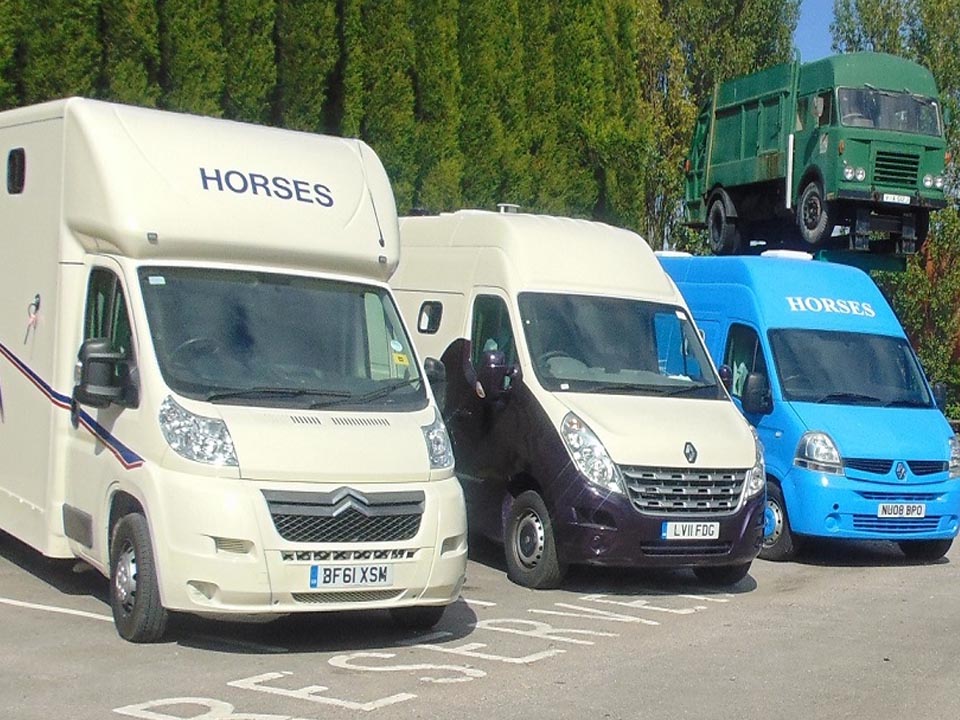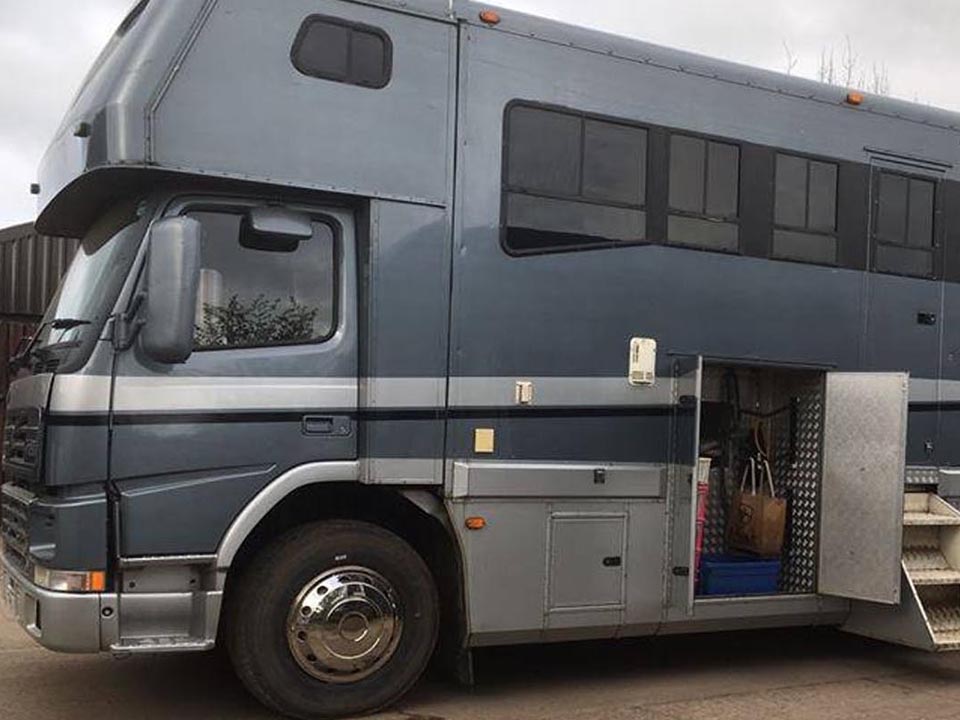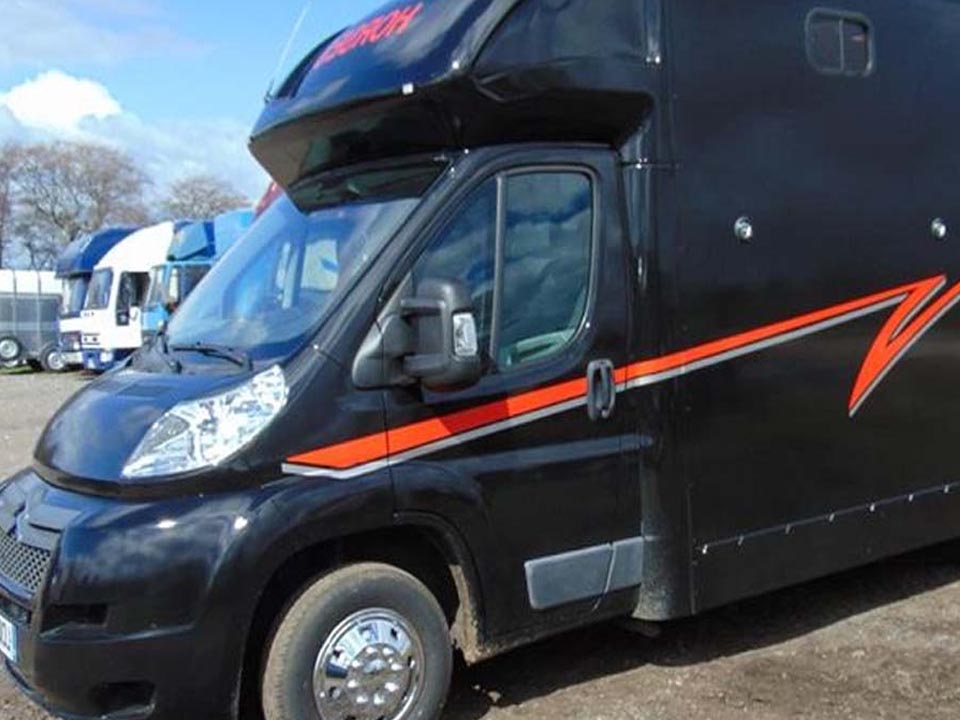 There are plenty of reasons for preventing a horse from getting injured - not least because any compassionate owner wouldn’t want their horse to suffer.
There are plenty of reasons for preventing a horse from getting injured - not least because any compassionate owner wouldn’t want their horse to suffer.
For a start, even an insured horse will end up costing money if it picks up an injury. An injured horse may also be more likely to pick up similar injuries in the future. And of course, an injury to a horse you intend to show at a competition can be particularly troublesome.
While it’s impossible to completely eliminate the risk of injury, there are a few things you can do to keep your horse out of harm’s way.
Regular maintenance
Checking your horse’s legs every day for bumps and bruises is a must. Hot swellings and small cuts should be treated with cold water, for cooling and cleaning respectively. If there is a serious wound or the swelling doesn’t cool you may want to call a vet to get their opinion. The cost of a vet call-out will be well worth it if it prevents more serious problems from developing.Your horse should also be receiving regular shoeing and trimming from your farrier - every six weeks at least - to ensure shoes fit correctly and prevent hoof cracks.
The needs of the young and old
Young legs are still developing, so make sure you don’t push them too hard - if their tendons and muscles aren’t damaged initially they might still pay the price later on in life by developing arthritis. It’s recommended that you don’t even start jumping a horse until they’re at least four years old because of the stress it places on their bones.Meanwhile, older horses may also need special care, as their joints might begin to stiffen. Ask your vet if they can recommend a particular supplement that contains joint lubricants - this not only decreases the risk of injury, but also gives your horse a much better quality of life.
When riding
Just like humans, horses need to warm up before moving on to more rigorous activity and warm down afterwards. Walking your horse for five or so minutes before and after you exercise it should do.If you plan to jump or gallop your horse should wear padded boots (known as brushing or splint boots) to prevent its hind hoofs knocking its front legs, which can cause cuts and bruises. These boots also give the horse vital extra support in their tendons.
Don’t be afraid to ask for help While horses are strong, powerful creatures, their legs are relatively delicate and require care if they are to stay fit and healthy. While these tips are a good start, don’t be afraid to speak to your vet or an experienced horse trainer for extra advice about how to look after your horse.
Do you need advice about keeping your horse injury-free when travelling? Please do not hesitate to contact us!











